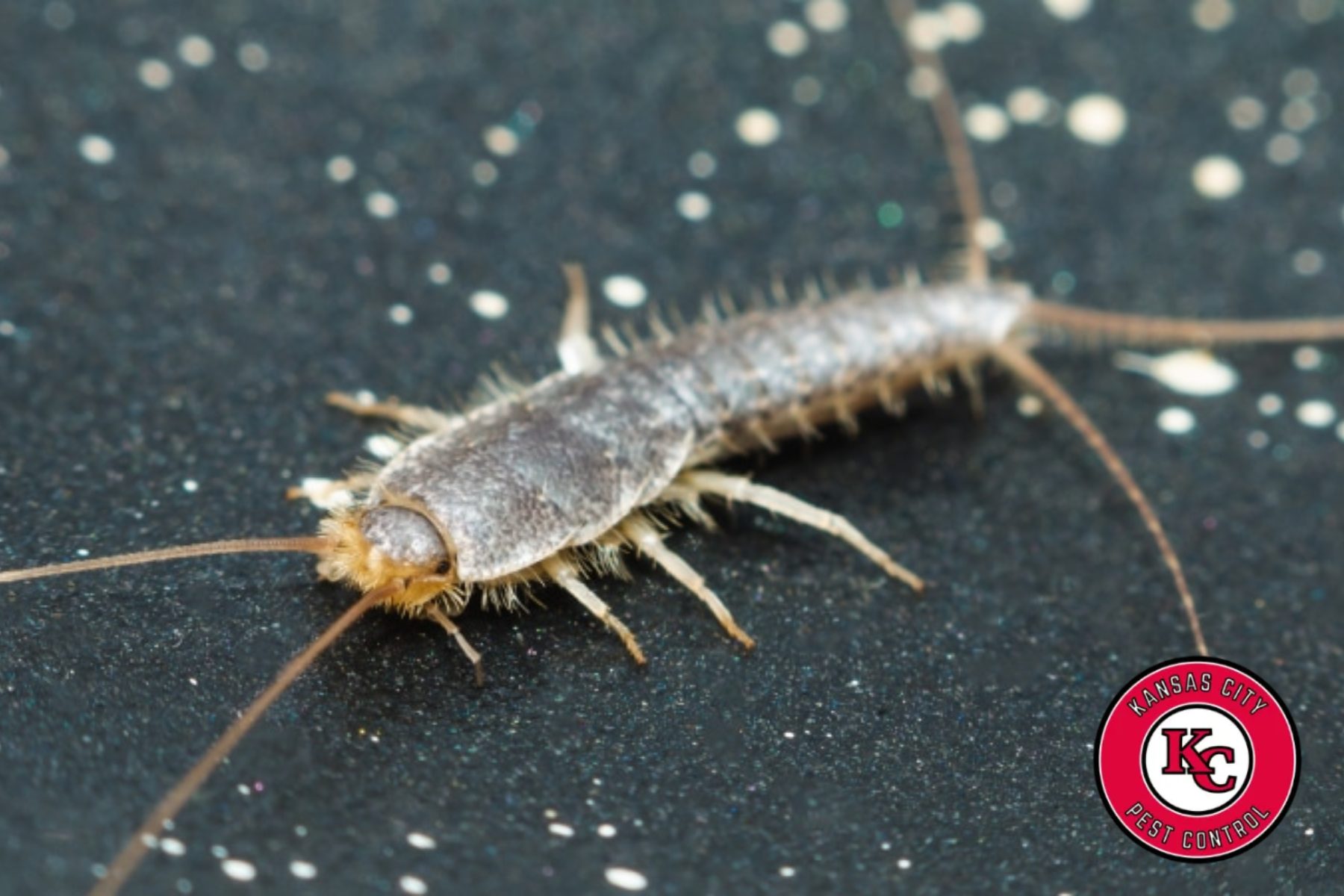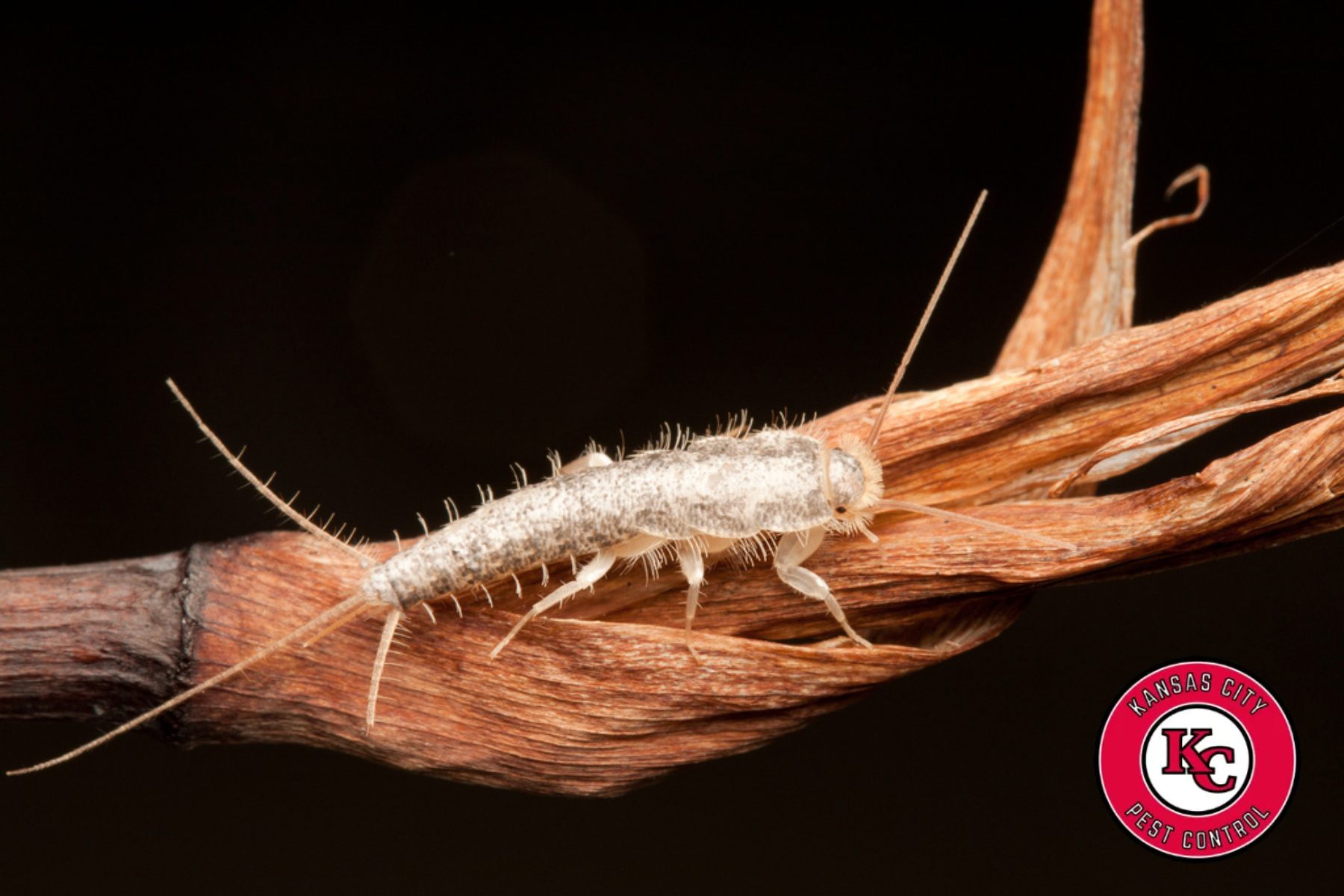If you’ve noticed fast, silvery bugs crawling across your floor at night, you’re likely dealing with silverfish. These pests are not only sneaky and destructive—they’re also prolific breeders. Understanding how they reproduce is key to eliminating an infestation. One of the first things homeowners often ask is, what do silverfish eggs look like, and where are they typically found?
In this article, we’ll dive deep into how silverfish reproduce, how to spot their eggs, what you can do to prevent their spread, and when it’s time to call in the professionals.
Understanding Silverfish Reproduction
Silverfish may look harmless at a glance, but they’re persistent pests. These wingless insects are known for their long lifespans and ability to reproduce in large numbers under the right conditions.
A single female silverfish can lay multiple batches of eggs throughout the year. Depending on the environment, these eggs can hatch in just a few weeks. Moist, dark, and warm environments—like bathrooms, basements, and under sinks—create the perfect conditions for breeding.
The real problem? By the time you spot adult silverfish, eggs and silverfish larvae may already be hidden in hard-to-reach areas of your home.
What Do Silverfish Eggs Look Like?
Silverfish eggs are incredibly small and difficult to detect without close inspection. However, there are specific features that can help you identify them.
Appearance
- Color: Silverfish eggs are typically white or cream-colored when freshly laid.
- Shape: The eggs are oval and resemble tiny grains of rice or capsules.
- Size: Each egg is about 0.8 mm to 1 mm in length—about the size of a pinhead.
- Texture: They may appear smooth or slightly grainy under a microscope.
Over time, these eggs can become more yellowish or translucent, especially in humid environments. Because of their size and coloration, they easily blend in with dust, debris, or the surfaces they’re laid on.
Where They’re Found
Silverfish don’t lay eggs just anywhere. They prefer secluded, undisturbed locations that provide warmth and moisture. Common egg-laying spots include:
- Cracks in baseboards and flooring
- Under bathroom or kitchen sinks
- Behind wallpaper or peeling paint
- Inside books, boxes, and storage containers
- Within folds of fabric or behind furniture
These eggs are often laid in hidden crevices, so even if you suspect an infestation, you may not see them right away.
How Long Do Silverfish Eggs Take to Hatch?
Under optimal conditions—warm temperatures and high humidity—silverfish eggs can hatch in as little as three to six weeks. However, if the environment is dry or cooler, hatching may take up to two months or more.
Once hatched, the silverfish larvae emerge as miniature versions of the adults. They are white or light gray, wingless, and already capable of damaging household materials as they grow and molt.
Why You Should Be Concerned About Silverfish Eggs
The presence of silverfish eggs in your home is a red flag for several reasons:
- They multiply quickly: A small infestation can grow out of control in a short time.
- They cause damage: Silverfish eat paper, glue, wallpaper, clothing, and even dry food.
- They are hard to spot: Eggs and larvae stay hidden, making early detection difficult.
- They indicate poor conditions: Moisture problems or clutter can encourage silverfish breeding.
Because these pests can go undetected for months, finding eggs is a sign that it’s time to take action immediately.
How to Get Rid of Silverfish Eggs
Eliminating adult silverfish is only half the battle. You also need to target their eggs to stop the cycle. Here are the most effective ways to get rid of them:
1. Vacuum Regularly
Frequent vacuuming—especially in corners, behind furniture, and around baseboards—can help remove eggs before they hatch. Use a vacuum with a hose attachment to reach tight spaces and dispose of the bag immediately.
2. Reduce Humidity
Since silverfish thrive in moisture, reduce humidity in your home by:
- Running dehumidifiers
- Installing exhaust fans in bathrooms and kitchens
- Fixing leaky pipes and faucets
- Using moisture-absorbing materials like silica gel or baking soda in small areas
3. Declutter and Clean
Clear out storage areas, cardboard boxes, paper stacks, and fabric piles where silverfish could lay eggs. Keep items off the floor and in sealed plastic containers if possible.
4. Seal Entry Points
Silverfish can squeeze through very small cracks. Use caulk or weather stripping to seal:
- Gaps around baseboards and windows
- Spaces near plumbing fixtures
- Holes in drywall or flooring
5. Apply Insecticidal Dust or Baits
Insecticidal dusts like diatomaceous earth or boric acid can dry out and kill silverfish upon contact. Apply them in suspected egg-laying areas. Make sure to follow label directions and keep products away from children and pets.
6. Consider Professional Pest Control
If you’ve spotted multiple silverfish or suspect there are eggs and larvae hidden around your home, it may be time to bring in a professional. Experts can identify breeding sites, apply targeted treatments, and help prevent future infestations.
Reliable providers like pest control Grandview MO offer customized solutions that ensure both adult insects and their eggs are thoroughly eliminated. Local experts understand the environmental factors that contribute to infestations and can deliver effective, long-term results.
Preventing Future Infestations
Prevention is the best defense against silverfish. Once you’ve cleared an infestation, maintain a silverfish-free home with these habits:
- Keep areas clean and dry
- Store food and paper goods properly
- Monitor high-risk areas with traps
- Schedule regular pest inspections
Remember, catching the problem early—especially by identifying silverfish eggs—can make all the difference in keeping your home pest-free.

About Kansas City Pest Control
Kansas City Pest Control offers reliable, environmentally conscious pest control Grandview solutions across the Kansas City metro area. Our team specializes in treating and preventing silverfish infestations through safe, effective methods tailored to your home’s needs.
Whether you’re dealing with visible pests or suspect hidden silverfish eggs and larvae, we’re here to help. From inspection to treatment and prevention, we ensure your space stays protected and comfortable year-round.

